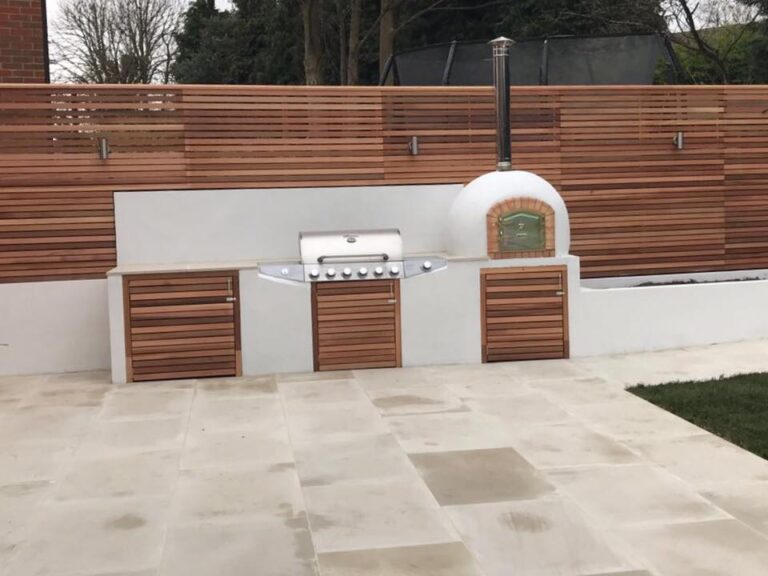Regular maintenance is important to maintain the quality of your pizza oven. The longevity of your Amigo Oven depends on how well you maintain the oven. It doesn’t require a lot of time but is vital to your oven.
We have a lot of more detailed information on our ‘Amigo Only’ page with regards to maintenance and cooking. If you are an Amigo, please feel free to ask for the password.
We recommend you use your oven all year round to keep it in the best condition possible – we even cook our Christmas turkey in ours! Using the oven regularly prevents build up of moisture. Ideally your Amigo Oven is under cover or protected by an Amigo Barn. This prevents rainwater or moisture from entering the oven.
If you haven’t used your Amigo Oven for a while follow this simple procedure.
First, make sure that your oven is left open for at least a day in order for any moisture to evaporate naturally. Rake out any left over ashes inside the dome. We recommend you do not leave ashes inside the oven for a long period as this absorbs moisture. Then, fire up the oven for one hour at a low heat to draw out moisture from within the bricks. Gradually build up the heat to a normal temperature, making sure that you keep the top flap or top door fully open until the oven reaches 550 degrees. Thereafter, close the flap and the top door.
Smoke valve & flue riser.
As with regular fire places, wood fired ovens will gradually create a buildup of soot on the walls of the oven and within the chimney. To improve airflow through the oven and out of the chimney it is necessary to periodically clean the chimney with a brush. A bristle nose brush can usually be used for this purpose. If you like, the smoke valve can be painted with a high temperature paint (sometimes called engine paint).
Hairline Cracks
As your oven heats up and cools down the materials will expand and contract. This constant movement may lead to hairline cracks forming. Hairline cracks are a normal occurrence in all wood fired ovens. It is therefore important when heating up your wood fired oven that the heat/fire is well spread across the base and the fire built up slowly.
It is vital in order for water not to penetrate the oven, that you fill these cracks while the oven is hot and paint your oven with any colour paint at least twice a year.
Insulating your oven
An Amigo Oven is built using high-grade refractory bricks. These bricks would require two hours of heat at a constant temperature in order for them to reach the same temperature as they would externally. If the heat cannot penetrate the bricks, then it remains where it should be – inside the oven.
Insulation protects the oven from poor external conditions such as ice and snow, reduces the maintenance required and prevents sixty to eighty percent of the heat from being lost.
You do not specifically need an insulated oven, but it is highly recommended that you do.


